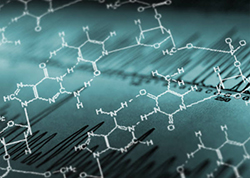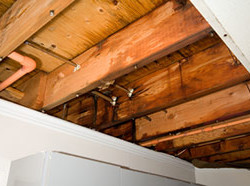What Are the Impacts of Hidden Mold?
As we get older, we become accustomed to aches and being more frail. Feeling run down and having unexplained flu-like symptoms is often endured and ignored. The same often applies to people with asthma or who are highly sensitive to allergies. Many people suffering from mysterious illnesses do not realize they really need a mold treatment of their home or business.
A toxin in many homes
ABC News tells the story of 5-year-old Caitlin Murray. She suffered for three years with terrible headaches and swelling on her face. The doctors tested her for leukemia, cystic fibrosis, and many other diseases without being able to identify the true cause of her illness. Only when she and her family left their Pennington, New Jersey home did Caitlin’s condition begin to improve. Jill Murray of the Children’s Hospital Philadelphia diagnostic center found large amounts of mold in the crawlspace.
One in three persons affected
According to Dr. David Zhang, who is a biologist with New York’s Mt. Sinai Medical Center, 50 of the over 100,000 different mold species are toxic. Also, one out of every three people are allergic to mold. And exposure to mold spores can trigger life-threatening problems for children, the elderly, people with asthma, and anyone with a compromised immune system. Mold not only damages the physical health of home owners and occupants, it can lower a home’s value and make it difficult to sell.
One of the most potentially harmful issues you may have in your home or business can be easily addressed and corrected. Call the experienced professionals at Stern Mold for a free inspection and mold treatment consultation today.


